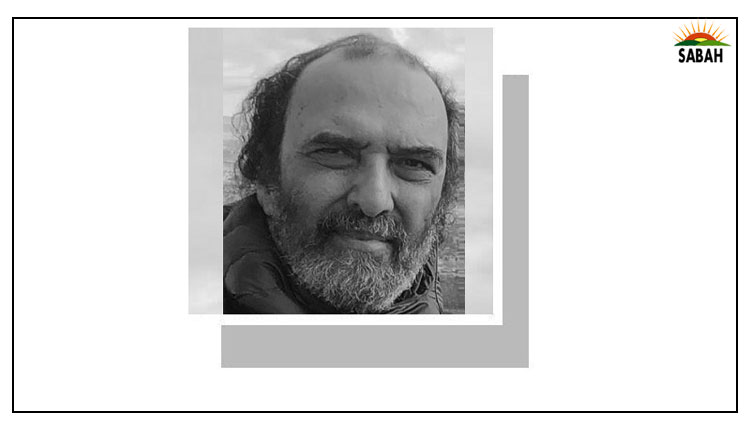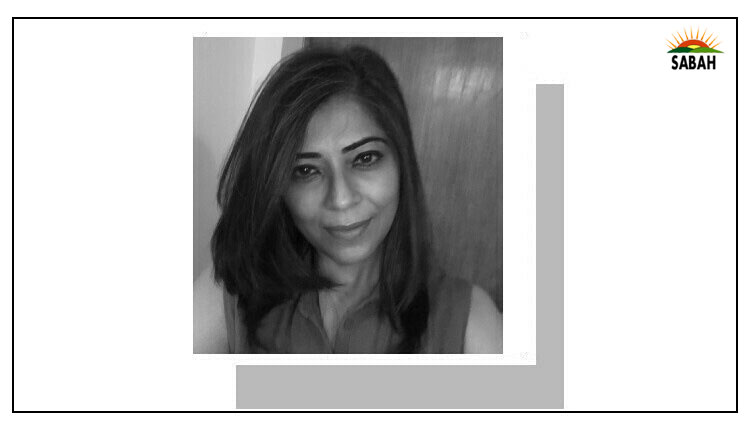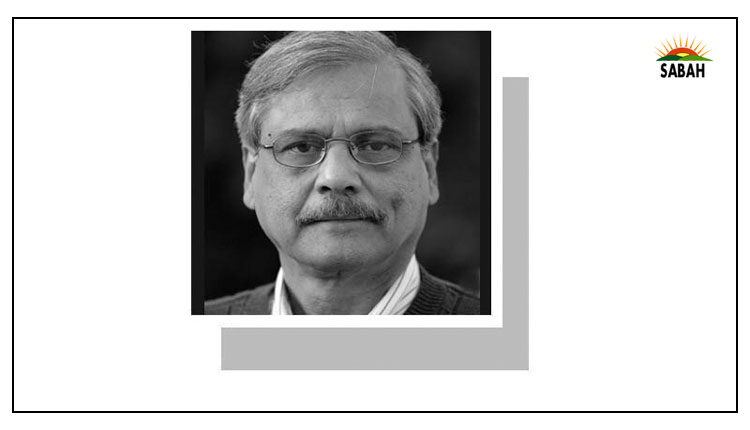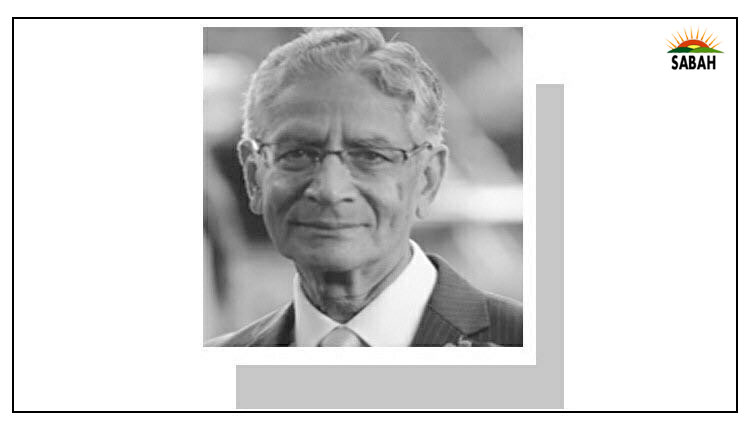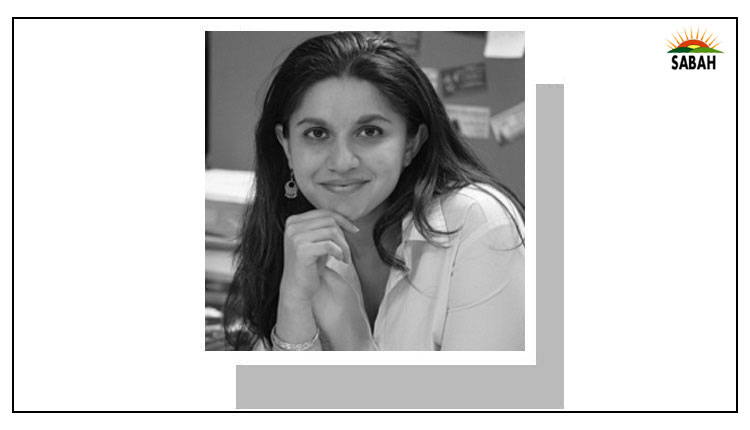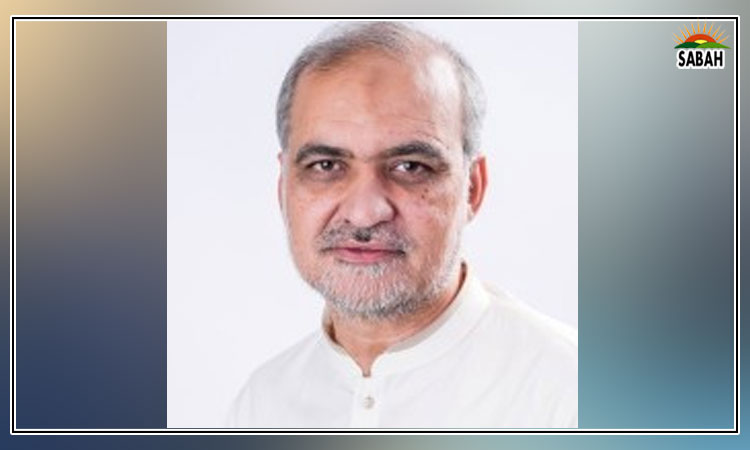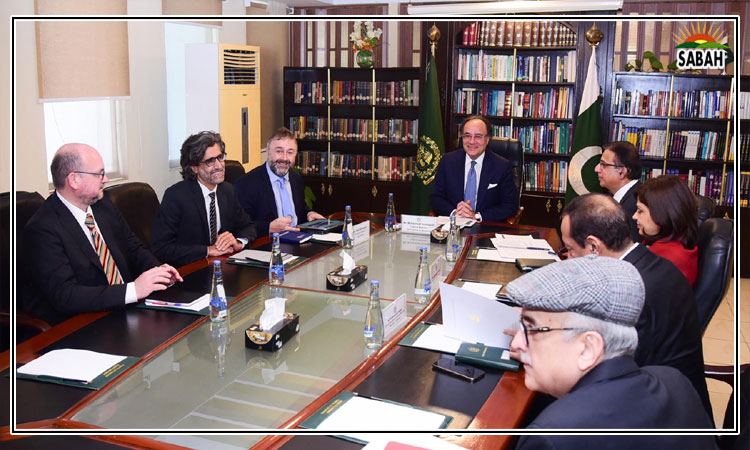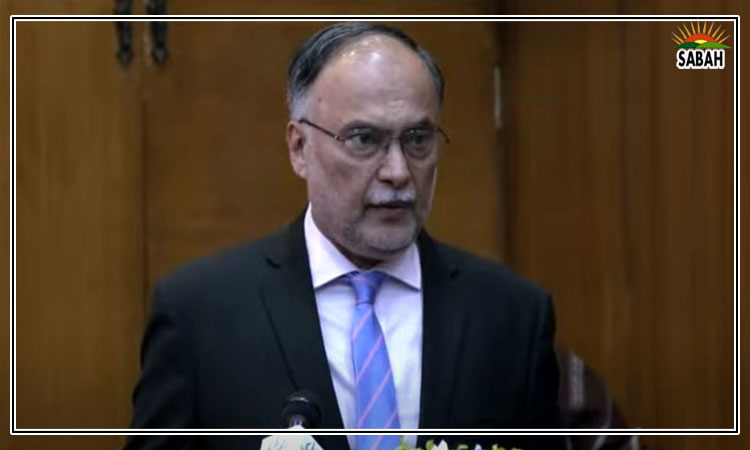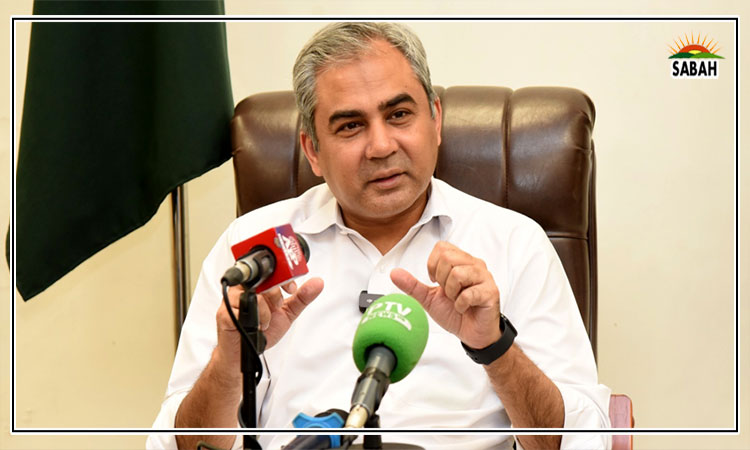Religious divide…Zaheer Ali
RELIGION is a vital social institution which helps people make sense of their existence, compartmentalise their traumas and, in the process, find a sense of normality within the chaos of overly complicated post-modern societies. Religious ideas and ideals are sacred, and must be protected from the profane, the mundane and the unholy.
Religion is static and fluid at the same time. The theological pillars command the rules which one must follow, and they are set in stone. However, their interpretation the lived dimension of religion is constantly in flux: reimagined and ever-changing, grounded in human experiences.
The embodied religious self ones religious identity is developed over the course of a lifetime and usually exists in relation to the other. Religious scriptures are filled with these dualities, represented in stories about the triumph of good over evil, facilitated by the divine. Religious practices are replicated over generations via rituals performed in sacred spaces, symbolised by tangible holy artifacts. They are the representation of and an ode to the Omnipresent.
Furthermore, by drawing upon historically specific experiences via oral histories, religious heritage is transferred to the next generation. In its true essence, the principle of theology offers a moral compass to abide by and explains the unknown: ie, the liminal space between life, death and beyond. It helps people rationalise the injustices, make sense of the senseless, to have faith that there is something waiting for them beyond this earthly abode.
However, in contemporary theocratic states, the overdeveloped social institution of religion often mixes with or rather overshadows politics, governance, economy, health, and education. This marriage of convenience is facilitated by the narratives propagated by religio-political elites and informed by shared historical religious memories. As a result, the leaders draw upon belief systems and position themselves as the protectors of the sacred in reality, they only seek to advance their agendas, which are to remain in power and reproduce generational inequality. Since people cannot or choose not to question theological foundations, they are deprived of their agency to challenge the hegemony, sometimes due to the fear of repercussions.
Moreover, an overzealous defence of the sacred can lead to inhumane violence directed towards the vulnerable the others who are perceived as threats to the holy. Countless examples of this phenomenon can be seen throughout human history, such as witch trials, the Crusades, the expansion of empires, the Rohingya genocide, gau rakhsahs (cow vigilantes) and more.
Another important aspect is the intersection of religion and culture, which influence, interact, and shape each other. However, in Pakistani society, cultural practices and expressions which even slightly challenge faith-informed discourse are demonised as counterculture or a negative force. Such sentiments are usually targeted towards minorities trying to make space for themselves in society. The everyday discrimination cemented in the legal framework under the guise of faith further ostracises the marginalised.
Additionally, in theocratic states, there is an inherent sense of kinship among the majority, belonging to the dominant religion, due to shared heritage, viewpoints and cultural practices. However, religious, ethnic, and sexual minorities are on the receiving end of routine violence and prejudice. India and Turkey offer interesting insights into understanding the anatomy of religious divide.
Both are officially secular countries, led by charismatic strongmen or religiously inclined leaders, chanting the slogans of restoring ancestral glory, executing religiously driven political gestures to appease their followers, and taking a stand against the evil Western colonisers. Consequently, both leaders are equally popular among the majority.
Faith offers us hope: it is crucial to our sanity, it is beautiful at its core, and it maintains social order. However, history demonstrates that religion has been overwhelmingly used by powerful men to oppress the masses by capitalising on the unquestionability and absolute authority it offers.
Whether it is the king who has a sacred bloodline or Imran Khans Islamic touch; Zias religious revivalism or Modis Hindutva the elites have been using religion to ensure the continuity of their privilege and autonomy. Meanwhile, outside the confines of their palaces, the underprivileged remain devoted to their faith, hoping for promised better days; if not in this life, then perhaps the life after.
Courtesy Dawn


